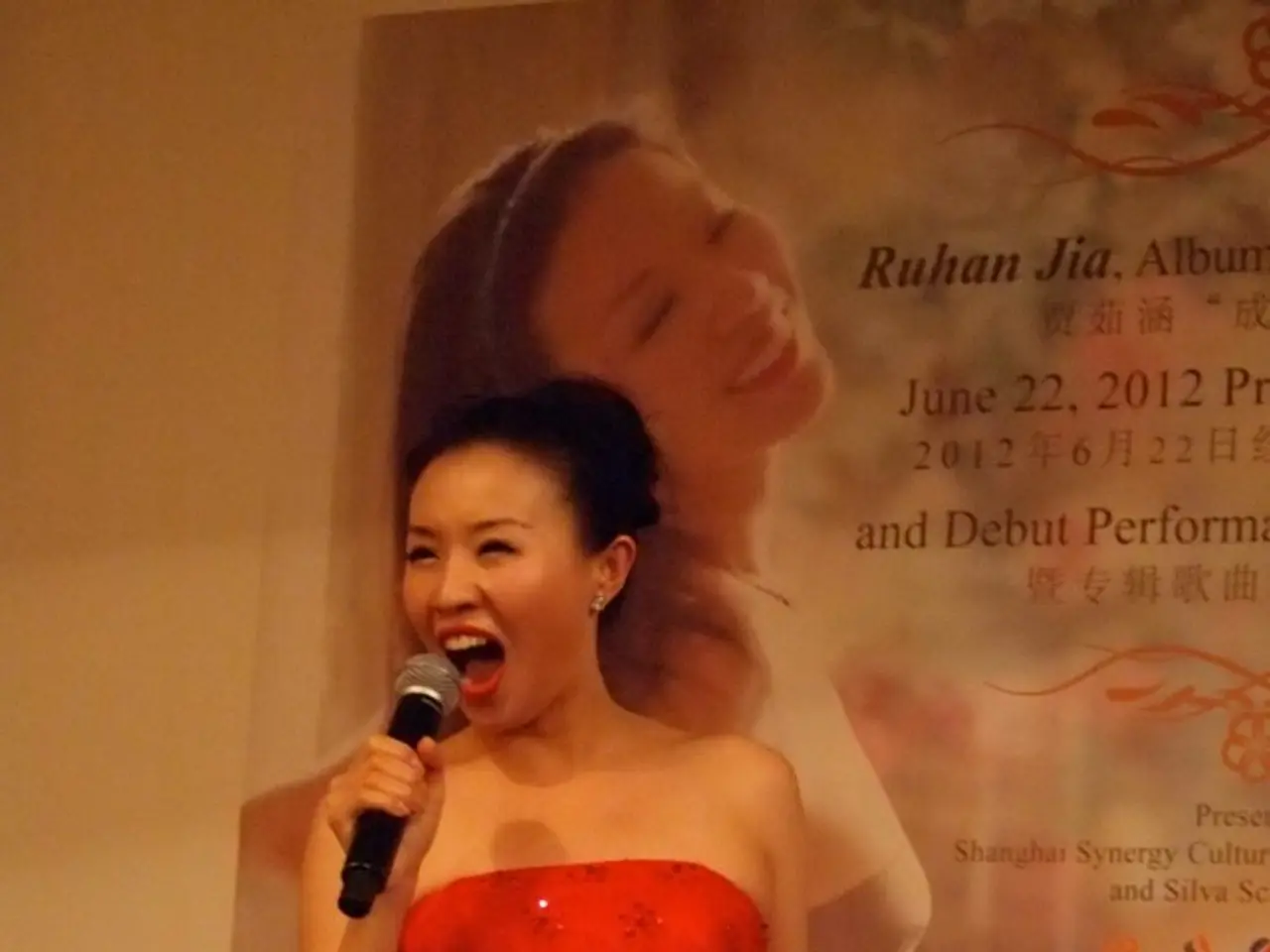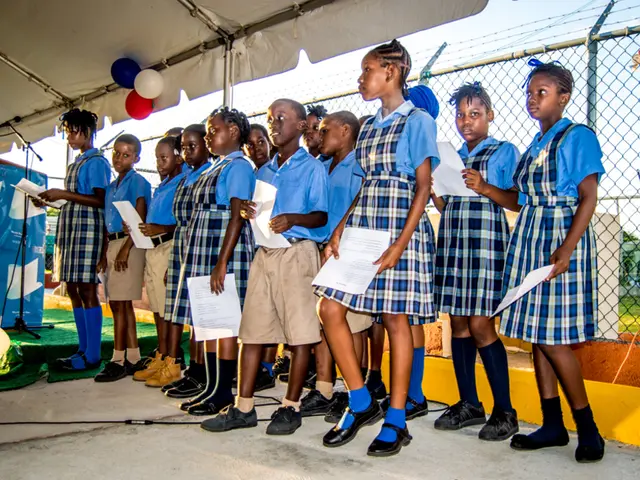Doctoral candidate Lily Shababi secures Ingolf Dahl Award victory.
In the vibrant world of electronic music, a microgenre known as hyperpop is making waves, particularly for its strong association with LGBTQ+ communities and trans-femininity. Originating in the early 2010s in the UK, hyperpop is a genre that blends pop with avant-garde elements, drawing on electronic, rock, hip hop, and dance music.
Pioneered by artists like A. G. Cook, SOPHIE, and Charli XCX, hyperpop is celebrated for its gender-fluid and non-binary expressions, often embracing a playful, hyper-stylized approach to identity. This maximalist, synthetic sound mirrors the use of technology not just as a tool but as a medium for gender expression and identity exploration.
Lily Shababi, a doctoral student in musicology at UCLA, has delved deep into this fascinating realm. Her research initially focused on American experimental art music of the late twentieth century. However, her interest in hyperpop led her to change her research direction. She found the hyperpop scene in Los Angeles at places like Heav3n and Subculture, which has become one of LA's hottest tickets.
Shababi's award-winning paper, "Culturally Situating Trans-Femininity through Hyperpop's Technologically-Processed Vocals," explores trans musicians' different uses of technology. The paper received the Ingolf Dahl Award, given for the best student paper read at the annual meeting of either the Northern or Pacific Southwest chapters of the American Musicological Society.
The paper centers the voices of trans artists, whose use of tools to process voice varies widely. For instance, in the duo 100 gecs, key to their sound was the use of vocal processing softwares to tune and pitch-up the vocals of the duo's singer, Laura Les, a trans woman. Even Les's use of Auto-Tune has changed from album to album, suggesting an evolving artistic process.
Shababi's work opens up a space in the literature to think about artists' intentions and to treat the music as something other than a commodity. Essentializing the characteristics and sounds of trans music carries risks, according to Shababi. Instead, her research emphasizes the importance of understanding the unique artistic journeys of trans musicians and the cultural significance of their music.
The cultural impact of hyperpop extends beyond music, reaching social media platforms like TikTok, where its eclectic and boundary-pushing sounds resonated with younger generations, including many within queer communities. This helped hyperpop to grow rapidly during the COVID-19 pandemic, creating online spaces where trans and queer artists found both visibility and creative freedom.
In recognition of hyperpop's roots in queer culture and trans-femininity, Google celebrated Pride Month in June 2025 with a Google Doodle inspired by hyperpop, highlighting LGBTQ+ artists as pioneers of the genre.
In summary, the history and cultural significance of hyperpop are deeply intertwined with trans-feminine identity and the innovative use of technology in music. It acts as a sonic and visual platform that defies conventional pop frameworks, allowing marginalized voices, particularly within queer and transgender communities, to express complexity, fluidity, and empowerment through hyperreal digital art forms.
In the exploration of the cultural impact of hyperpop, Lily Shababi, a doctoral student in musicology, delves into the use of technology by trans musicians in the genre, examining their unique artistic processes and the significance of their music. Beyond music, the eclectic and boundary-pushing sounds of hyperpop have resonated with younger generations on social media platforms like TikTok, creating online spaces for trans and queer artists to find visibility and creative freedom.




